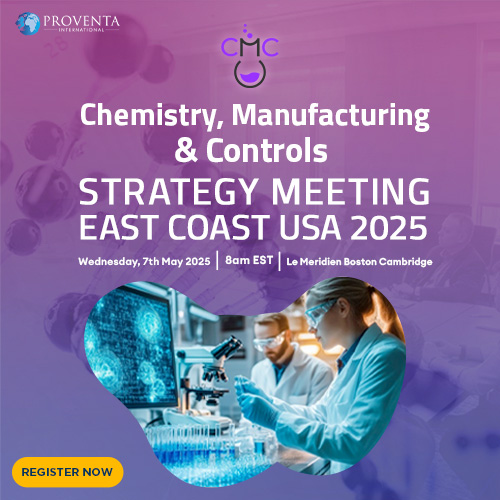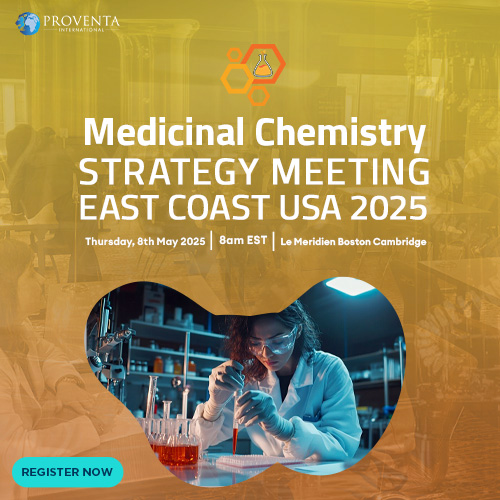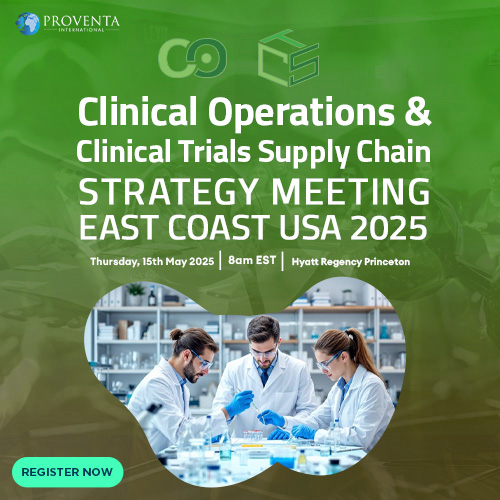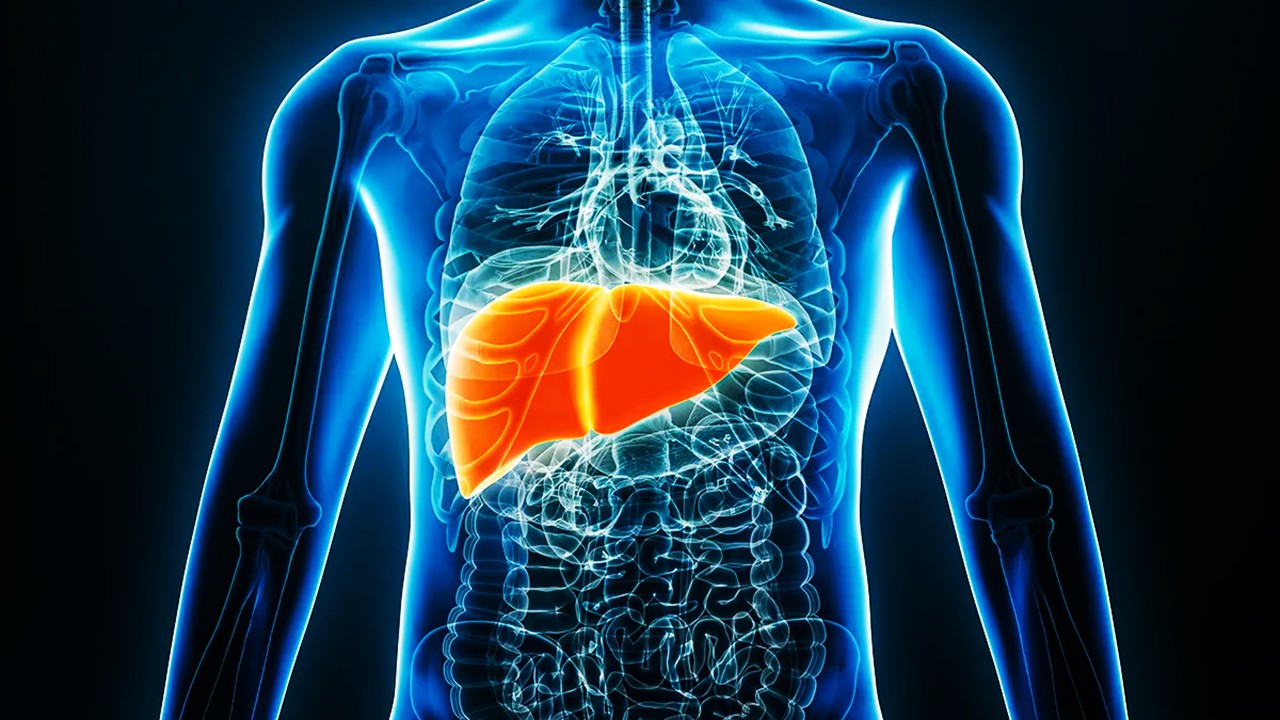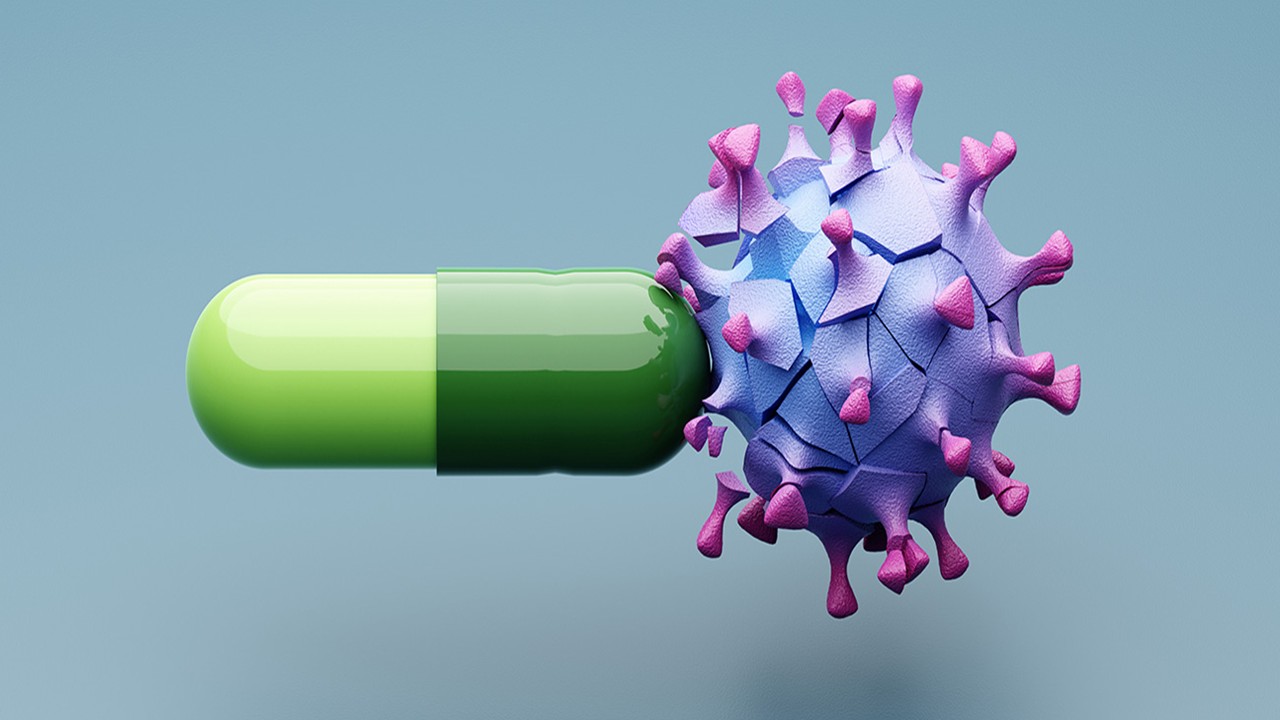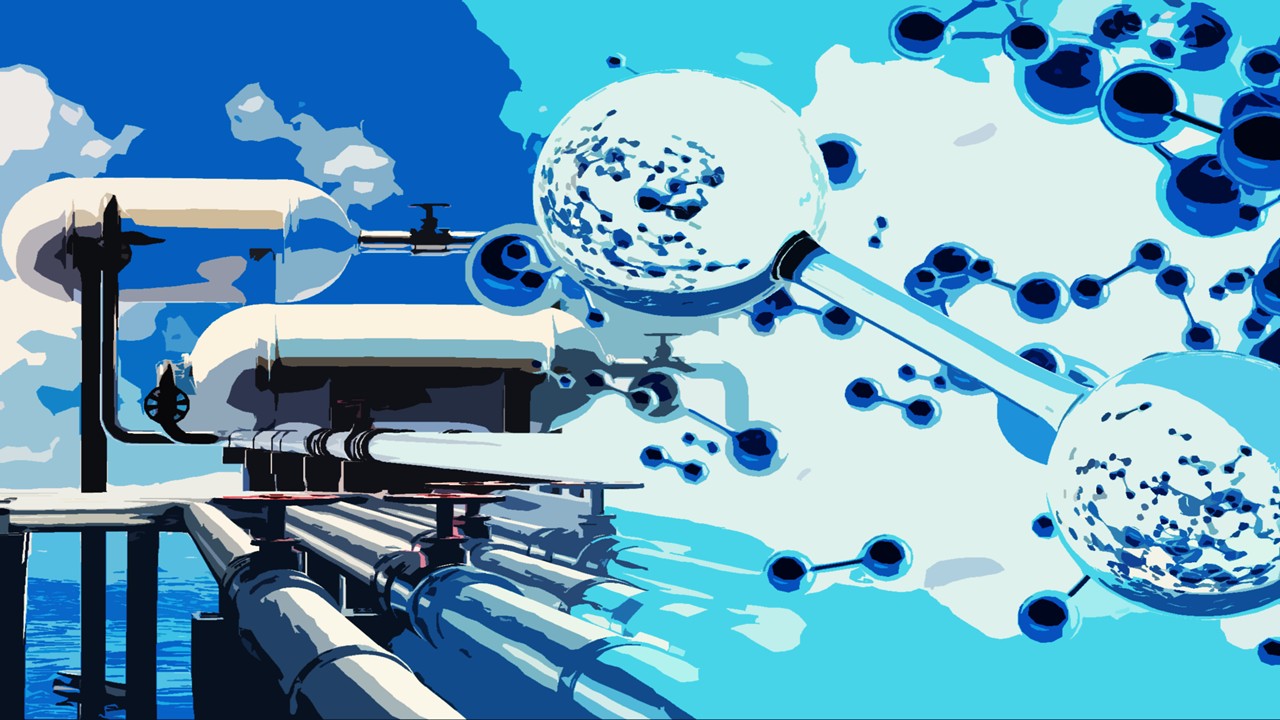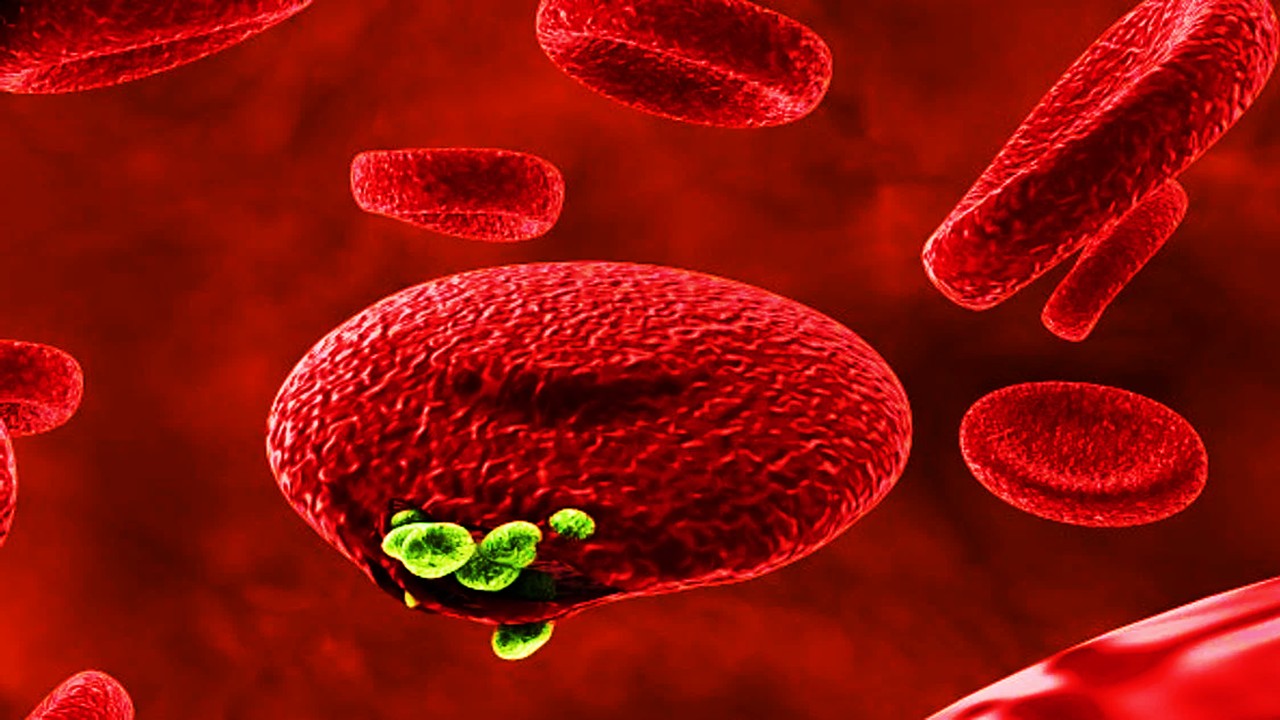Disposable Vessels, Indispensable Shifts
In the evolution of pharmaceutical manufacturing, the phrase “flexibility under pressure” has rarely been more literal. The last decade has ushered in a seismic transition from fixed stainless-steel tanks to agile, polymer-based vessels known as single-use bioreactors (SUBs). What began as a marginal curiosity in pilot plants is now the cornerstone of production platforms for biologics, vaccines, and cell-based therapies. The appeal is neither just economic nor logistical—it is about the very reengineering of pharmaceutical paradigms. At the heart of this shift is a single truth: the industry’s most vital resource is not steel or labor, but adaptability.
Single-use bioreactors emerged not from incremental optimization but from an almost philosophical disruption of what constitutes a cleanroom-ready vessel. These reactors are pre-sterilized, disposable, and constructed from multilayered polymer films instead of traditional alloys. Unlike their stainless-steel ancestors, which demand weeks of cleaning, validation, and thermal cycling, SUBs arrive sterile and leave silently—no downtime, no stainless rinses, no hidden biofilms. This eliminates the systemic drag of cleaning-in-place (CIP) and sterilization-in-place (SIP), allowing facilities to flip batches like chefs flip pans. The biopharmaceutical world, long governed by GMP compliance and microbial paranoia, suddenly found liberation through well-engineered disposability.
Yet flexibility here is not just logistical—it’s molecular. SUBs support the scale-agnostic ethos of modern biologics development, allowing the same platform to be used from 10-liter trials to 2,000-liter production runs. The modularity allows startups to scale without investing in stainless-steel fortresses, while even legacy players now retrofit facilities with hybrid configurations. This flexibility is particularly crucial for companies pursuing multiple indications or producing biologics with volatile demand curves. Instead of idling massive infrastructure during regulatory pauses or formulation tweaks, firms simply change out bags and begin anew.
But perhaps the deepest undercurrent is strategic. In the age of pandemics, geopolitical disruption, and just-in-time inventory, pharmaceutical resilience now hinges on manufacturing fluidity. SUBs enable exactly that—facilities can switch products, processes, and even organisms with unmatched agility. The old model of monolithic factories has given way to plug-and-play manufacturing suites, each one capable of pivoting faster than regulatory forms can be signed.
Engineering a Polymer Uprising
The core of single-use bioreactor technology lies in the polymers themselves—these aren’t plastic grocery bags but multilayer films engineered for chemical inertness, gas permeability, and sterility. Constructed from combinations of polyethylene, ethylene-vinyl acetate, and barrier layers like EVOH, these films are thermally sealed into bioreactor shapes that mirror traditional stainless vessels in form, if not in soul. They must tolerate shear forces, maintain gas exchange, and support live cell growth without leaching toxins—an engineering challenge as delicate as it is consequential. The polymer revolution in bioproduction is not a tale of downgrading; it is one of purpose-built sophistication.
Inside a SUB, oxygenation is achieved through specialized spargers and agitation paddles designed to emulate the hydrodynamics of legacy reactors while accommodating the fluid mechanics of flexible walls. Unlike rigid systems, these bioreactors can deform slightly under pressure—an advantage when sudden volume adjustments or bubble formation would otherwise disrupt cell viability. The flexibility extends not just to scale but to function; some SUBs are optimized for mammalian cell culture, others for microbial fermentations, and still others for perfusion-based continuous processing.
The barrier properties of the films are critical to maintaining bioreactor sterility while permitting precise control of dissolved oxygen and carbon dioxide. Unlike stainless steel, which relies on internal instrumentation and elaborate control schemes, SUBs often integrate sensors directly into the bag itself—pH, DO, temperature, and pressure monitors all arrive pre-installed and pre-calibrated. This eliminates calibration drift, minimizes technician error, and streamlines GMP documentation, since each run begins with a fully traceable, quality-certified unit.
Still, engineering a disposable vessel that behaves like a steel tank while outperforming it in changeover time is no trivial feat. Polymer sourcing must account for global supply chains, leachable studies must span every pH and solvent combination imaginable, and bag integrity must be validated under both thermal and operational stress. The science is in the balance—of durability and disposability, of flexibility and fidelity. What makes a bioreactor “single-use” is not its simplicity, but its convergence of complexity into a single, ready-to-use form.
Modular Plants, Molecular Missions
As pharmaceutical companies increasingly adopt decentralized or modular manufacturing strategies, single-use bioreactors act as the linchpin of architectural fluidity. Modular plants—essentially prefabricated cleanroom blocks—can be rapidly deployed anywhere in the world and fitted with standardized SUBs. This model democratizes bioproduction, allowing even resource-limited regions to manufacture vaccines or biologics without waiting years for concrete to set and boilers to arrive. The infrastructure has gone viral, in the best sense of the term.
In modular facilities, flexibility becomes architectural as well as operational. Bioreactor trains can be swapped out within days, allowing companies to shift production priorities based on clinical trial outcomes, regulatory approvals, or sudden spikes in demand. If a cancer biologic receives fast-track designation or a pandemic necessitates mass vaccination, these facilities can pivot rapidly—something inconceivable with traditional stainless installations. Single-use bioreactors function here not as mere vessels but as production policy enablers.
The utility of SUBs extends beyond human pharmaceuticals. Veterinary biologics, recombinant enzymes, gene therapies, and cell therapies all benefit from the ability to tune the production system without rewriting the factory blueprint. Regulatory authorities are adapting too, issuing guidance tailored to single-use systems and validating them as compliant platforms for good manufacturing practice. This regulatory coevolution is essential, as agility without oversight can quickly spiral into risk.
Moreover, the scalability of SUBs dovetails with the biopharma industry’s current love affair with smaller, more potent products. Antibody-drug conjugates, bispecific antibodies, and RNA-based therapeutics all require precision over volume. With SUBs, a modular facility can churn out high-value payloads without massive infrastructure overhead. The facility becomes not just a factory, but an algorithmically orchestrated bioprocessing hub—reconfigurable, portable, and data-optimized.
Flexibility vs. Footprint
For all their elegance, single-use systems face criticism on one unavoidable axis: environmental sustainability. A bag that’s thrown away after a single production run—no matter how sophisticated—inevitably raises questions about waste, landfill use, and carbon footprint. Stainless steel, with its reliance on reusability and thermal cleaning, might appear more sustainable at scale. The reality, though, is nuanced, dependent on lifecycle analysis, water usage, energy consumption, and regional waste-handling capacity.
Environmental critics often cite the plastic burden of SUBs, but proponents argue that the water and chemical savings in avoiding CIP/SIP more than compensate. A stainless system may last decades, but the utilities required to keep it GMP-compliant produce a continuous operational footprint. SUBs, by contrast, compress their environmental impact into a narrow waste stream that is, in many cases, being increasingly diverted toward energy recovery or high-temperature incineration with carbon capture options.
The shift toward sustainable single-use platforms is also being engineered from within. Manufacturers now develop recyclable films, biodegradable layers, and bag collection programs. Some are even exploring bioplastics derived from sugarcane or corn as feedstock for film production. These innovations are in their infancy, but the industry is clearly aware that flexibility must not come at the cost of planetary stability.
Still, the greatest environmental argument in favor of SUBs may be their efficiency. By reducing batch failures, shortening production time, and enabling faster delivery of life-saving medicines, they cut not only waste, but delay. In medicine, time is not just money—it’s mortality. Flexibility, when engineered correctly, is not a tradeoff against sustainability but a new metric for it.
Data-Driven and Disposable
Digitalization is not optional in a single-use world—it’s intrinsic. Each SUB arrives with a digital birth certificate: a record of its manufacturing, sterilization, calibration, and quality control lineage. This enables end-to-end data capture across production cycles and, when integrated with MES (Manufacturing Execution Systems), allows for real-time deviation tracking, batch genealogy, and predictive maintenance. The SUB, then, becomes not just a vessel, but a sensor-rich node in a pharmaceutical data web.
The integration of analytics into SUB operations is also transforming process validation. Multivariate models use sensor input from pH, DO, and agitation to build predictive profiles of successful runs, identifying deviations long before they manifest in yield loss or contamination. This allows operators to intervene early, tune feed strategies, or modulate temperature gradients—all without touching the physical bioreactor. Feedback loops become software-defined, compressing cycle times while maintaining compliance.
Single-use systems also simplify traceability, since every component from bag to connector has a lot number, supplier reference, and documented quality trail. In the event of deviations or recalls, root-cause analysis becomes a forensic exercise in barcode scanning rather than a months-long archival trawl. This turns compliance from a burden into a diagnostic asset, enhancing both transparency and accountability.
These digital backbones also support remote oversight, enabling off-site teams to monitor, analyze, and even control production in real-time. For multinational firms operating in time-critical therapeutic spaces, this capability enables centralized oversight without decentralizing expertise. SUBs don’t just produce drugs—they produce datasets that speak in the language of precision, speed, and regulatory fidelity.
Biologics at the Speed of Thought
Biopharmaceuticals are no longer confined to blockbuster drugs or once-a-year injections. The pipeline now includes individualized therapies, living drugs, and tissue-engineered products with exquisitely short shelf lives and even shorter development timelines. Single-use bioreactors uniquely suit this new normal, where a production run might mean therapy for a single patient, not a million. Their scale, sterility, and configurability make them almost artisanal in nature—an industrial paradox.
Consider CAR-T therapies, which require the ex vivo manipulation of patient cells followed by reinfusion. Such workflows demand not only GMP compliance but also patient-specific batch traceability. Stainless tanks would be absurd in this context; SUBs are the only viable interface between molecular engineering and clinical delivery. Their modularity supports point-of-care production, a model that reimagines the pharmaceutical supply chain as concentric, not linear.
Even in population-scale programs like vaccine rollouts, SUBs offer unparalleled speed. During public health emergencies, governments and private firms alike have turned to SUB-equipped facilities to stand up new production lines in weeks, not years. This responsiveness transforms public health strategy—pandemic preparedness is no longer an abstract protocol but a physical infrastructure.
In the biologics domain, flexibility isn’t just an operational perk—it’s a prerequisite. Therapies evolve, targets shift, and regulatory frameworks adapt in near real-time. Without single-use systems, the inertia of legacy infrastructure would strangle innovation before it reached the patient. SUBs offer a counterbalance to that inertia—a material manifestation of intellectual agility.
Futureproofing Through Fluidity
Looking forward, the challenge is no longer whether single-use bioreactors work—it is how to evolve them to keep up with what’s next. As cell-free synthesis, organ-on-chip testing, and modular AI-controlled platforms emerge, SUBs must interoperate with more complex workflows. Hybrid models, where stainless backbones interface with disposable vessels through smart manifolds and robotic docking, are already in development. The result: a biofactory that thinks, flexes, and adapts.
New polymers, smarter sensors, and tighter integration with AI/ML tools will redefine what “single-use” even means. Disposable doesn’t have to mean static; it can mean agile, networked, and predictive. The next generation of SUBs will likely feature self-diagnosing membranes, automated bag-swapping, and plug-and-play compatibility with any downstream process. Flexibility is no longer about rapid changeover—it’s about anticipatory response.
Pharmaceutical companies, especially those navigating complex supply chains or regulatory diversity, are betting on SUBs to hedge against unpredictability. Whether it’s political instability, raw material shortages, or emergent pathogens, the ability to reconfigure production in days is no longer a luxury—it’s a strategic imperative.
Ultimately, single-use bioreactors do more than make drugs faster. They enable a manufacturing philosophy that aligns with how therapeutics are discovered, approved, and demanded today. A future of customized, accelerated medicine will not be built on steel, but on plastic that listens.
Engr. Dex Marco Tiu Guibelondo, B.Sc. Pharm, R.Ph., B.Sc. CpE
Editor-in-Chief, PharmaFEATURES

Subscribe
to get our
LATEST NEWS
Related Posts
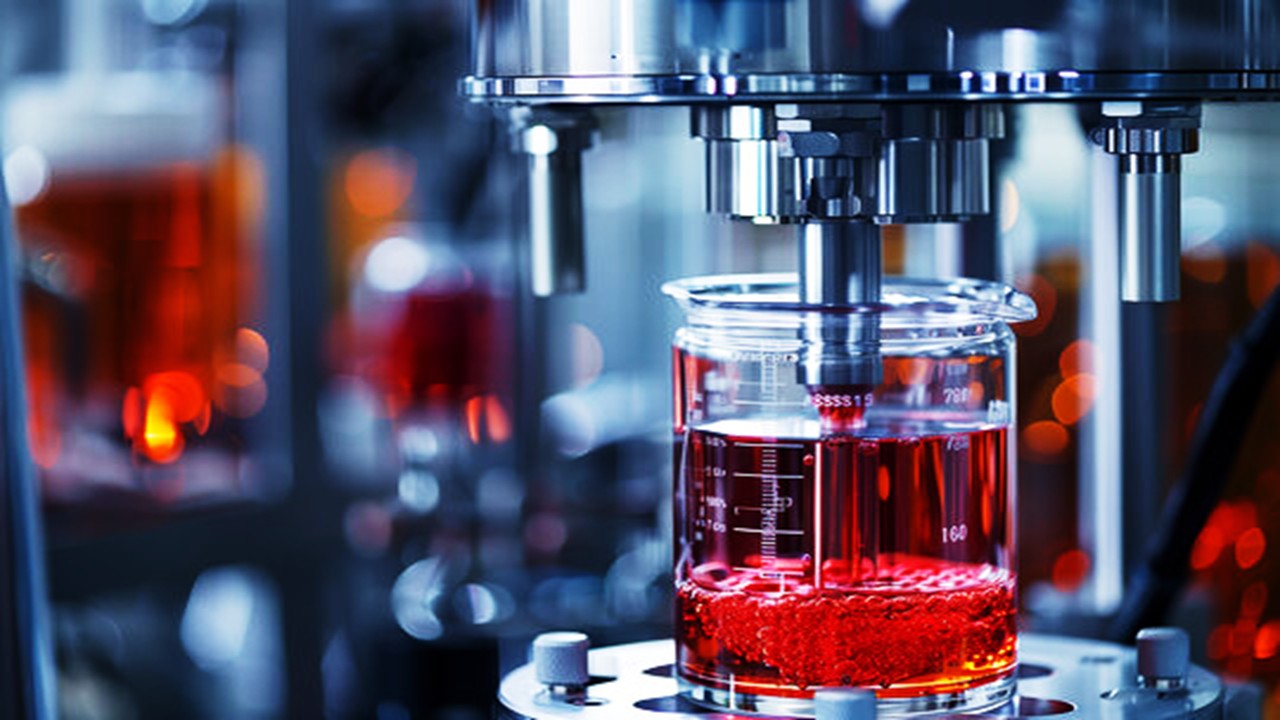
Biomanufacturing
Bioreactor Battleground: Fed-Batch and Perfusion Strategies in Biologics Production
The fed-batch versus perfusion decision has evolved from a technical consideration to a strategic choice impacting facility design, regulatory strategy, and product quality.

Biomanufacturing
Biosimilars: The Science Behind an Affordable Pathway to Biologics
As biosimilars become more common, regulatory agencies are updating their guidelines to keep pace with advancements in their technology and uses.
Read More Articles
Mini Organs, Major Breakthroughs: How Chemical Innovation and Organoids Are Transforming Drug Discovery
By merging chemical innovation with liver organoids and microfluidics, researchers are transforming drug discovery into a biologically precise, patient-informed, and toxicity-aware process.
Tetravalent Vaccines: The Power of Multivalent E Dimers on Liposomes to Eliminate Immune Interference in Dengue
For the first time, a dengue vaccine candidate has demonstrated the elusive trifecta of broad coverage, balanced immunity, and minimal enhancement risk,
Primed by Parasites: How Malaria Exposure and Off-Target Immunity Shape RTS,S Vaccine Protection
RTS,S/AS02A leverages malaria’s immunological imprint to elicit both targeted and unexpected antibody responses, reshaping how we understand—and engineer—vaccine efficacy in exposed populations.
